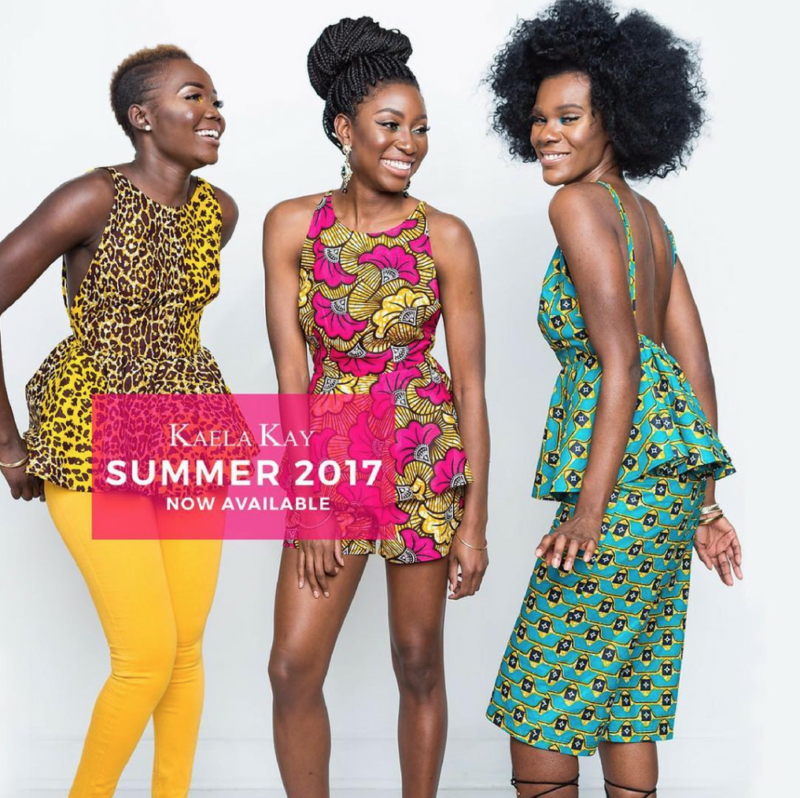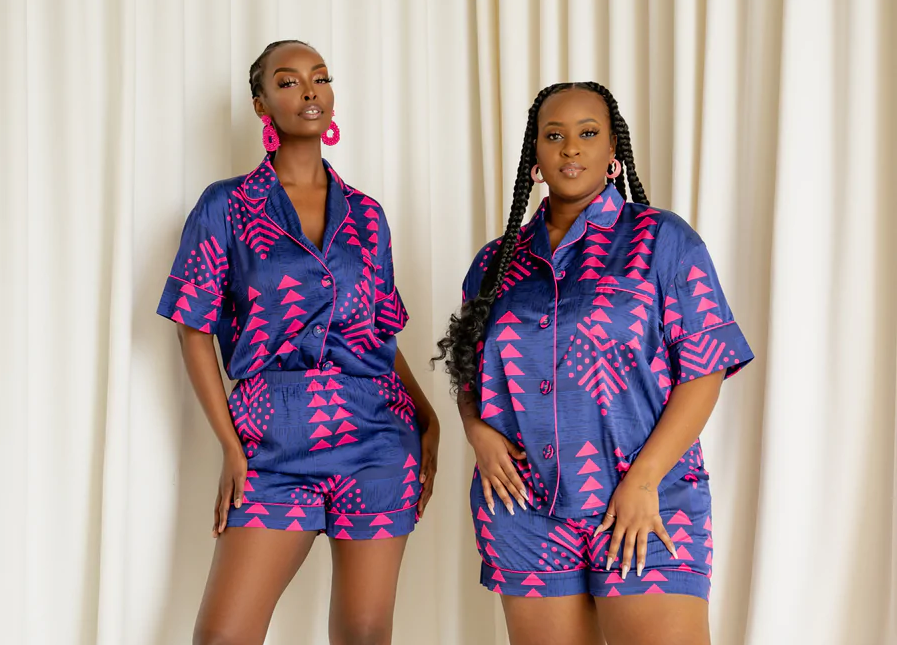Opinion: Is it Cultural Appropriation to Wear African Fashion?
Every year in February, the month is dedicated to various events and showcases to honour and celebrate Black people. It has always been a unique way for others to connect with their roots and heritage through fashion, food, music, and much more. At the same time, friends of the culture join in the festivities. Speaking of fashion and style, it is not uncommon to see people of various backgrounds dressed in African prints and other cultural regalia as they celebrate Black history and culture at multiple events. It is the one month where I get to see so many folks immerse themselves in authentic cultural exchanges with Blacks. Yet, the title of this article is the most common question I get when talking to people from other racial backgrounds about African prints in fashion. While many non-Blacks are open-minded and culturally curious, they also wonder if wearing African prints is cultural appropriation. In my unpopular opinion, the answer is NO.

However, let’s start by discussing cultural appropriation – what exactly is it? Although the term has been used for several years, there is still a lack of clarity regarding its meaning and intent. A simple Google search will reveal various interpretations, but I have read different attempts at explaining it and then, crafted an expanded definition that we can use to understand this phenomenon.
“Cultural appropriation is when a person borrows elements (such as clothing, music, art, etc.) from a culture that is not their own and without permission in a way that exploits, distorts, dismantles, disrespects, stereotypes, and/or profits from them. This can either result from or lead to the furtherance of an unequal, one-sided power dynamic between the appropriator and the appropriated.”
The problem is not in the borrowing itself but in the overall motive behind it and a failure to respect or acknowledge the culture it was taken from, including the power politics that are at play as a result. As you can see in the definition above, I am careful to distinguish between appropriator and appropriated because any person of any race can be guilty of cultural appropriation. It happens within minority cultures as well, and this is why it is such a sensitive and complex topic. I could write another opinion piece on that alone, but first things first. Education is important. Keep reading to know when it’s okay for someone of non-Black/African descent to wear these print clothes.
Scenarios when it is entirely okay for non-Blacks to wear African prints in fashion.
- If you are being respectful, wearing with permission, and not exploiting the fashion or makers of the products in the process, then you are not at risk of appropriation
Let’s consider the definition of cultural appropriation mentioned earlier, especially the part about unequal and one-sided power dynamics. Many non-Black-owned brands tend to do business in Africa and not pay fair wages. This counts as exploitation for profits. Also, when a fashion label uses an African print imbued with traditional meanings and significance without crediting the source or sharing those stories, it is tantamount to disrespect. Many creatives make and sell African fashion. It would be wise to support these Black-owned businesses as opposed to their other counterparts who are not of African descent, and if you must, make sure that the business is practicing fair trade in a way that benefits the local economy instead of contributing to the inequality. Most African and Black-owned brands specializing in African fashion want to expand their work and make it accessible to the whole world, not just their community. Here, you can raise the profile of designers and makers while giving back to the community. Tip: Do not wear African fashion as a Halloween costume or to a costume theme party. Similarly, avoid situations where the clothing does not suit the context. For example, wearing a gele or hijab (headwrap) meant for significant cultural and spiritual ceremonies to the grocery store, beach, or club lounge.
- By learning the history and the stories behind each print fabric and textile, you can give proper credit and amplify the voices of the cultural group.
In a world where most of the information about Africa is on war, famine, and disease, fashion history presents another lens through which others can view culture on the continent. If you are new to African fabrics and textiles, there is much to learn, but no one is asking you to become a historian. However, you can engage with the clothing on a level that goes beyond just the aesthetics. When wearing something not from your culture, it would be very beneficial for you to educate yourself about what you are wearing so that you are informed about how best to incorporate those elements, cultural or otherwise, into your personal style. Remember that you are not wearing a costume, which should never be the approach. The idea is to style yourself in an elegant, tasteful, and cohesive way. In this way, you are appreciating the culture and not appropriating it. By expanding your knowledge about various African cultures and how they dress, you will also be able to give credit where it is due and have an intelligent response for anyone who attempts to call you out on the issue of appropriation.
- Most fabrics classified as African prints are not always made in Africa, so it is important to acknowledge and appreciate this fact while being respectful.
African print is originally a European-made print that found both its name and eventually a permanent home in Africa due to the high market demand it received after being introduced to West African countries. Refer to this article about the origins of the African print to learn about the complex history. When you consider that these prints were adopted into African culture and heritage, you realize there is not much to fear, especially if you are being very respectful and sensitive. Of course, this does not mean that Africa does not have its textiles (which you should also learn and know about), but it would help your knowledge to identify and separate the two from each other at sight. Remember that because most African prints are not African-made, it is not a license to become entitled to take without permission. Instead, there has to be an invitation that you accept.
Like food, fashion should be fun and bring people together in a creative conversation. With this thinking, I encourage everyone to learn how people dress in different African countries and then wear print clothing in February and year-round.
What is your opinion on this rather important subject?

Discover more from Jamila Kyari Co.
Subscribe to get the latest posts sent to your email.





African fashion styles are always beautiful.
Yes, I would have to agree with you on that!